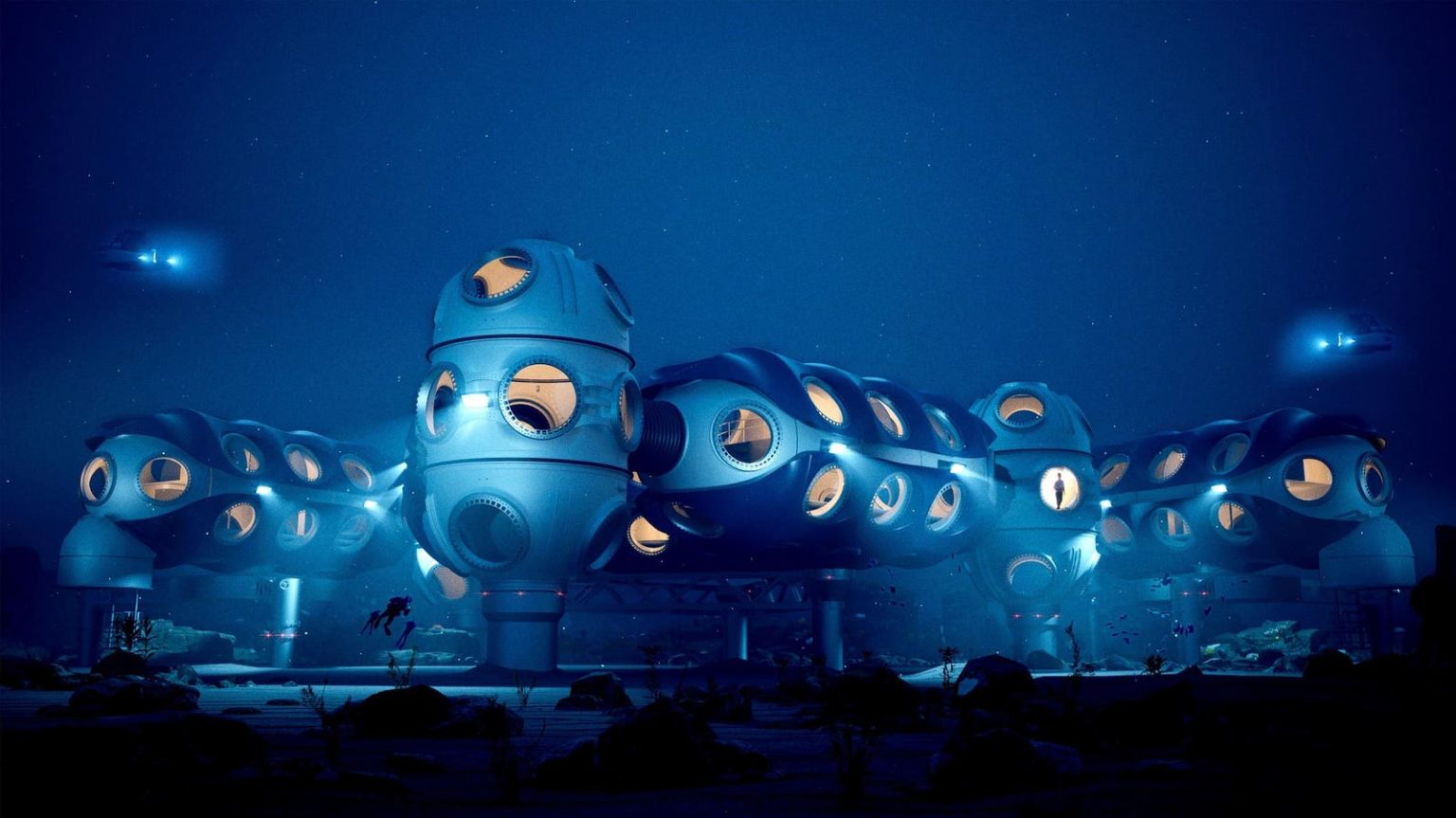By Joseph Hammond
Humanity’s path to the stars may lead through the waters of an abandoned quarry along the Welsh-English border. The southern edge of the Wye Valley is home to a 50-acre site which houses an 80-metre-deep artificial lake. It is here that a bold underwater laboratory system will be first deployed, which is being developed in near-by Bristol, which could eventually change humanities relationship with the ocean and eventually outer space.
While we are likely decades away from a lunar colony — our first underwater permanent presence similar to the international space station is currently being developed by U.K. based DEEP. The multi-million-dollar investments the company has received show there is a great deal of interest in turning what has been science fiction into reality.
DEEP, a new start-up which has been the recipient of millions in funds recently went public with its bold plan which involves scaling up a series of Sentinel stations (as they are known) planted 200 meters below the surface of the ocean.
The plan involves both new technologies and submersible vehicles to make that dream a reality. At the core of that will be the Sentinel which will provide living space the diameter of a Boeing 777 and which will allow a crew of six to live underwater for 28 days without resupply only a tethered buoy will link them to the surface. If successful, the venture could alter humanities relationship with the sea forever.
From ocean acidification to the increasingly harmful impacts of plastic pollution there are a number of major issues which humanity could better explore with a footprint on the sea-bed.
“From pharmaceutical research, to bio discovery, to the climate cycle,” said Sean Wolpert, President (Americas) for the project. “This is about how we can work together to sustainably manage the oceans for future generations. DEEP offers partners a unique opportunity to do something that was once prohibitive.”
The Ocean is home to 97% of worlds biodiversity who may well hold in their DNA pressing solutions to our challenges faced by humankind. The ocean makes up 70% of the surface of the earth and yet remains largely unexplored despite the fact that 80% of the world’s population lives on the coast. Increasingly the ocean is providing solutions to our problems like seaweed engineered food containers as an alternative to plastics. A need that is all the more critical given that scientists have proven microplastics are now in our blood streams.
“DEEP seeks to develop habitable spaces that can serve as a catalyst for deep ocean exploration and research for scientists. This project confronts unique challenges. Some electronics, like your iPhone won’t work in a deep-sea environment like this – we must re-examine and test everything we take for granted on the surface” said Wolpert.
DEEP’s Sentinel project is about more than developing merely a vessel that can withstand the pressure of the deep and keep its crew fed. Innovative devices are being developed for co2 monitoring and other needs.
“We’re not focussed on the tourist market nor on making underwater hotels. We are interested in building systems that can advance scientific research and understanding. Our project is focused, above all, on expanding humankinds’ collective knowledge, of the ocean” said Wolpert.
As the organizer point out some 2,000 new species are discovered in the ocean each year. A permanent base might expand that number. Of course, the project comes after worst civilian submarine disaster of our time. The implosion of the Titan submarine in June of this year killed all five on board and capture international media attention. The DEEP team has a completely different approach than the designers of the Titan who famously sought to cut corners. An approach to design which may have contributed to its disastrous voyage.
“Safety is DEEP’s top priority” said Wolpert. For the Sentinel, we have design approval in principle from DNV one of the world’s foremost classification societies. All our subsea design and technology will be fully tested, certified and classed.”
Notably the Sentinel project will feature trips to far shallower depths and will be supported with a buoy to ensure contact with the surface. The first working Sentinel system is being designed in Wye Valley and, if DEEP meets its announced programme rollout, by the end of 2026 the Sentinel should be deployed in ocean waters around the globe.
Read the full article here





